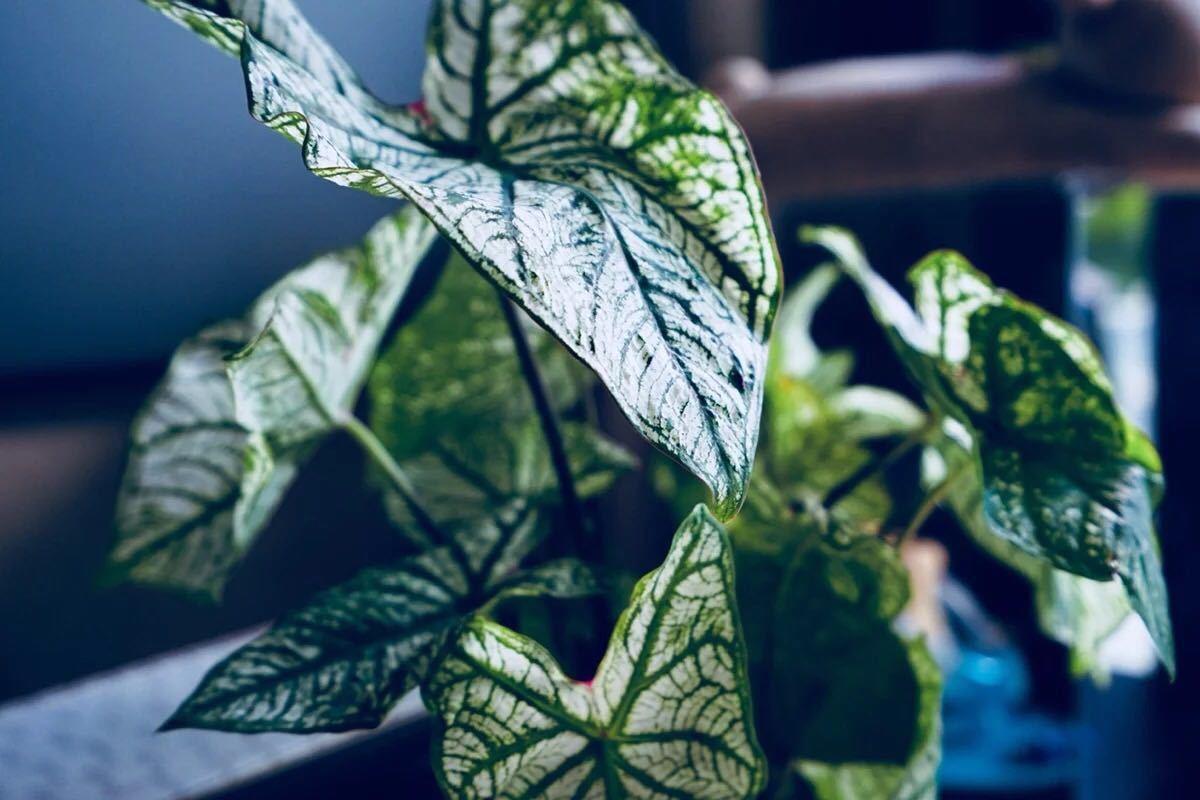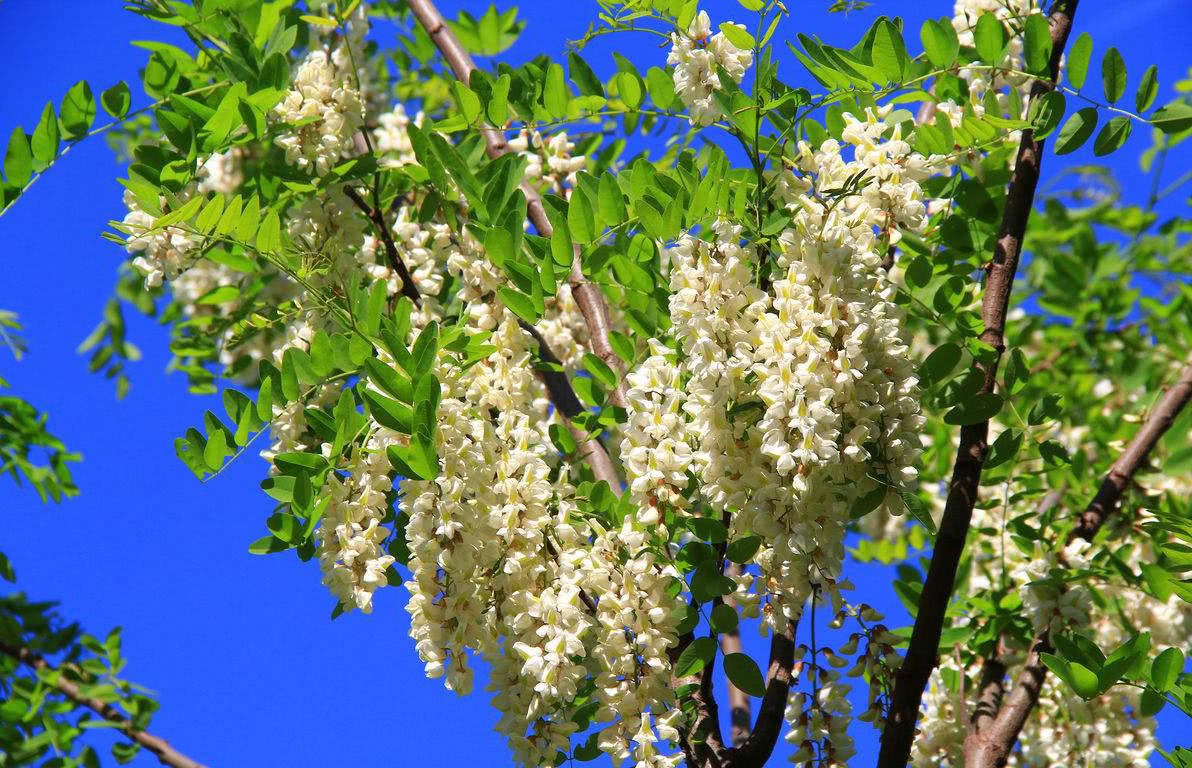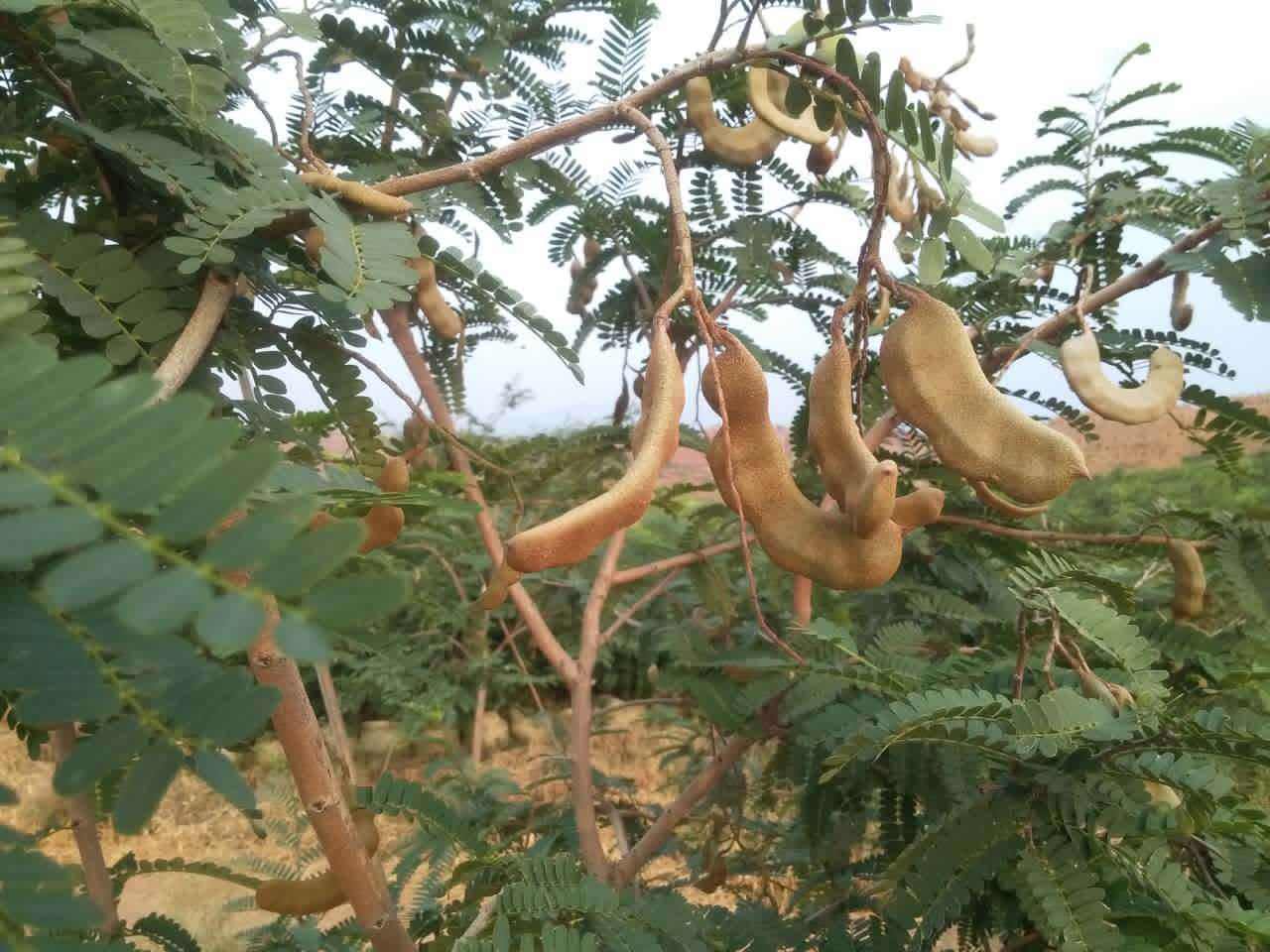The ancestor of the colorful leaves in the green world has been on the stage for a long time.

The fruit taro must be no stranger at all, and there must be it when you first know the flowers and grass. Perennial evergreen herb of taro, native species emerald green, with large green leaves on the top of the head that even look a little cute.
If rely on its native variety may be buried, thanks to the emergence of horticultural varieties, can be brilliant. When the leaves of taro reappeared under artificial intervention, the stage was full. For so many years, alum root, bamboo taro, discolored wood, colored leaf grass and reticulated grass emerged one after another, but still did not shake the status of the ancestor of colored leaves.
There are not many varieties of horticulture, so it is most important to achieve the extreme!
There are not many varieties of taro horticulture, and unlike the ever-changing leaves of taro and reticulate grass, it does not win by quantity, but achieves the extreme of each horticultural variety. It will never fail to distinguish between varieties, causing great harm to face-blind flower friends, and it will not be difficult to choose difficult flower friends.
Pink butterfly fruit taro, leaves peltate, light green, dark pink in the middle to light pink at the leaf margin.
White butterfly fruit taro, leaves shield-shaped, light white, leaf margin with green stripes and markings, petiole long.
Silver leaves with taro, heart-shaped leaves, milky white leaves with light yellow, green leaf margin, long petiole.
Golden boy fruit taro, arrow-shaped leaves, light green, with irregular white patches, light pink veins, short petiole.
The enduring secret has to be "maintained"!
In a word, the suitable temperature of synthetic taro is 22: 30 ℃, the growth is slow at 15 ℃, the stem and leaf stop growing below 10 ℃, and you choose whether or not to start according to geographical coordinates.
When the temperature exceeds 10 ℃ every spring, new buds begin to sprout, and the speed of stems and leaves gradually speeds up. The summer growth is exuberant, the water demand is big, the basin soil should keep moist all the time, the leaf surface often sprays water, will accelerate the stem and leaf growth speed, you travel party to read here also need to consider. To put it simply, it is about like this, and it is necessary to read the following more carefully when it is detailed to each element.
"although the soil is not picky, you can't fool me."
Taro has no requirement for soil, ordinary garden soil can grow, but if you want it to grow better, sandy soil or loose rotten leaf soil will be better. Individuals in the use of soil, specially added some loose scales, the root system of taro is relatively delicate, so that looseness and ventilation has been greatly improved.
Although it is a shade-tolerant plant, the light can not be reduced.
The fruit taro is very sensitive to light. Under bright astigmatism, the leaf is larger and the leaf color becomes lighter. If the sun is too strong, the leaves will dry. Under the semi-overcast condition, the leaf becomes smaller and the leaf color is darker. But in the case of dark light for a long time, the stem and petiole elongated, the plant shape was loose, and the leaf became smaller.
When basking in the sun, pay attention to turning the flowerpot every few days to avoid uneven growth, one side exuberant and dense, the other short and sparse, causing the whole plant to look very unbalanced.
The growth of synthetic taro is fast, and the leaves are greener with reasonable fertilization.
For foliage plants, fertilizer is mainly nitrogen fertilizer, phosphorus, potassium fertilizer as an auxiliary, home maintenance can choose some compound fertilizer. Because the growth rate of synthetic taro is very fast, it is better to apply thin fertilizer once or twice a month. In the process of fertilization, do not choose a place close to the root, be sure to stay away from the root, to avoid fertilizer will burn the root.
Summer is the growing period of taro, which needs a lot of fertilizer to meet the growth, but the low temperature in winter will make the taro dormant or enter the dormancy period, so there is no way to absorb the nutrients in fertilizer, so it is not suitable to apply fertilizer.
Too much water will also rot the root, how to quickly remedy it?
Although the fruit taro likes to be wet, but high temperature, high humidity and stagnant water will also rot the roots. First of all, it should be uprooted to remove the rotting roots, so as to avoid further deterioration of the infection.
After removal, soaking the taro with 0.5% potassium permanganate solution can not only inhibit decay, but also kill pathogens, but also conducive to root germination. Then leave it in a dark place to dry, wait for the wound to heal, and then replant it into a well-drained basin. Be careful not to water during this period, wait until the potted soil begins to bleach, and then pour a certain amount of water.
Is the fruit taro suitable for hydroponic culture?
The water quality of the fully hydroponic taro is very high, so we must pay attention to keeping the water clean, otherwise the stems and roots are very easy to rot. Domestic tap water should be shelved for more than one day before use to let the chlorine in the water evaporate. When changing water, gently rinse the root system of the plant, remove the mucus from the root, and remove the withered and yellow leaves.
When changing water and adding water at ordinary times, the water should not be too full, and all the roots should not be soaked in water. The roots of taro also need to be breathed, and the roots need to be exposed in the air by 5 to 10 centimeters.
Welcome to follow the plant fans, and squirrel Mr. infatuated with flowers and plants, okay?
- Prev

Locust tree blossoms have seen its fruit, but it is very rare to make 15 yuan per jin of tea after sun-drying.
The locust tree is an ancient sacred tree peculiar to China. It has always been the custom of paying homage to the locust tree in the dynasty. It is a common tree at home. It is often planted in the countryside to keep cool. Maybe it is because people live together that people observe the locust tree.
- Next

The fruit of this fruit tree from Africa is shaped like a giant pod, but farmers sell it as fruit.
It is said that the countryside is a treasure land, not only urban granaries, but also a variety of rare and strange animals and plants, such as ginseng fruit trees with human-shaped fruits, Buddhist sacred trees, and dragon blood trees that stop bleeding and remove blood stasis.
Related
- Wuhan Hospital Iron Tree Blooming Result Was Instantly Frightened by the Gardener Master
- Which variety of camellia is the most fragrant and best? Which one do you like best?
- What is the small blue coat, the breeding methods and matters needing attention of the succulent plant
- Dormancy time and maintenance management of succulent plants during dormancy
- Minas succulent how to raise, Minas succulent plant pictures
- What are the varieties of winter succulent plants
- How to raise succulent plants in twelve rolls? let's take a look at some experience of breeding twelve rolls.
- Attention should be paid to water control for succulent plants during dormant period (winter and summer)
- Watering experience of twelve rolls of succulent plants
- Techniques for fertilizing succulent plants. An article will let you know how to fertilize succulent plants.

